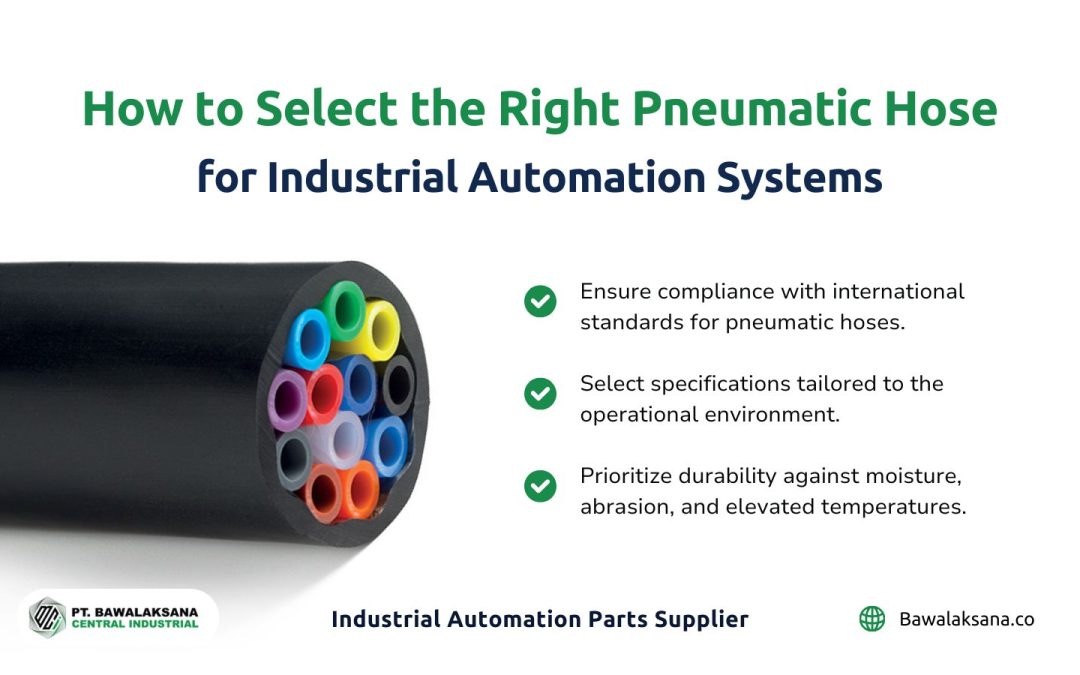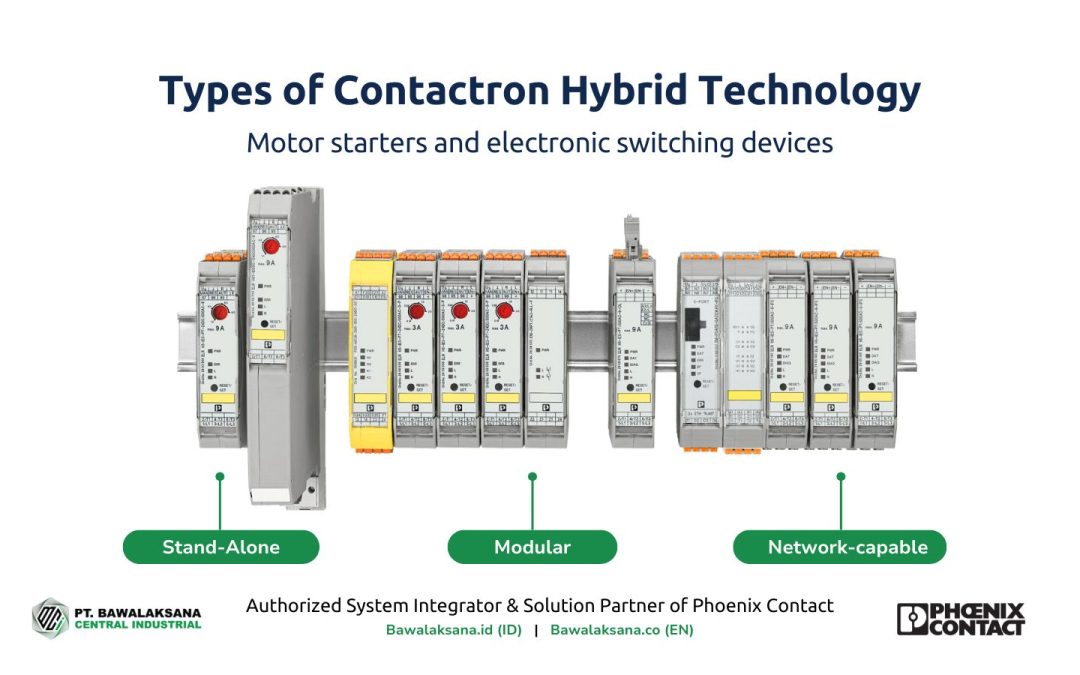Pneumatic systems are widely utilized in numerous industries, including manufacturing and automation, to carry out mechanical work using compressed air.
In this article, the Bawalaksana team will elucidate the fundamental principles of pneumatics and explore how pneumatic systems operate in Industrial Automation. Let’s begin by comprehensively understanding the basic principles underlying pneumatic systems, as outlined below.
What are the Basic Principles of Pneumatic Systems?
The basic principles of pneumatic systems originate from the fundamental laws of physics that govern the behavior of gases. Compressed air is used as the energy source to drive the components in a pneumatic system.
Compressed air is essential for the proper functioning of the pneumatic system. It can be compared to the muscles in the human body that facilitate movement. When pressurized air lacks strength or leaks, the pneumatic system cannot deliver the best possible outcome.
There are three physics theories employed to operate pneumatic systems, as described below:
The Boyle’s Law
In 1662, renowned physicist Robert Boyle formulated the law now known as Boyle’s Law. This law explains the relationship between a gas’s pressure and its volume at a constant temperature.
According to Boyle’s Law, if the pressure of a gas increases while its temperature remains constant, then its volume will decrease proportionally and vice versa. This means that the product of the pressure and volume before and after the change remains constant.
Boyle’s Law’s mathematical expression is P1V1=P2V2.
P1 and V1 are the gas’s initial pressure and volume, and P2 and V2 are the gas’s final pressure and volume.
Boyle’s Law, a cornerstone of pneumatic systems, finds practical applications in various fields, such as chemistry, physics, and engineering. Understanding this law deepens our knowledge and equips us with a powerful tool to explain the behavior of gases under different conditions.
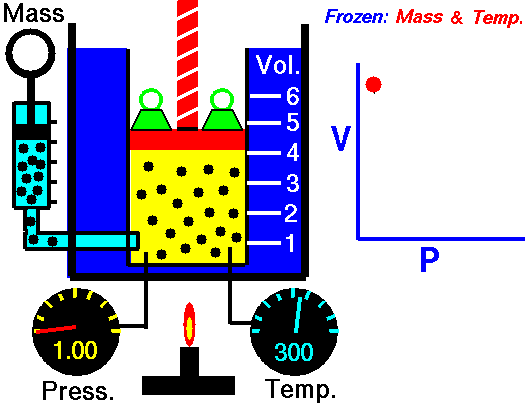
Charles’s Law
Charles’s Law is an essential empirical gas law that describes the relationship between the volume and temperature of a dry gas sample. It is also known as the law of volume and was first proposed by the French physicist J.-A.-C. Charles in 1787.
According to this law, when the pressure on a dry gas sample is constant, its Kelvin temperature and volume are directly proportional. This means that as the temperature of a gas sample increases, its volume also increases proportionally, provided the pressure remains constant (Britannica).
The law applies to ideal gases and is often used to predict the behavior of gases under different conditions.
The formula for Charles’s law is as follows: T1V1=T2V2
Understanding Charles’s Law is essential for many practical applications, such as designing engines, refrigeration systems, and industrial processes involving gases.
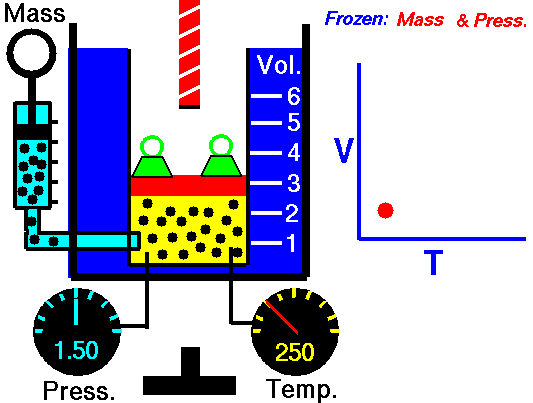
Pascal’s Law
Pascal’s Law is an essential principle in fluid mechanics that states that the pressure applied to a fluid in a confined space will propagate with equal strength to all parts of the fluid. Any pressure applied to a fluid in a closed system will be distributed evenly.
This principle is used in various applications, including hydraulic and pneumatic systems.
In the context of pneumatic systems, Pascal’s Law means that the air pressure created in one part of the system will propagate. This is because pneumatic systems use compressed air to transmit force and energy.
When air is compressed in one part of the system, the resulting pressure is distributed evenly throughout the system, allowing interconnected components to move and function.
The formula for Pascal’s Law is as follows: P = F / A, where P represents pressure, F represents force, and A represents the area over which the force is applied.
This formula calculates the pressure exerted on a fluid in a confined space, making it an essential tool in the design and operation of hydraulic and pneumatic systems.
By understanding and applying Pascal’s Law, engineers and technicians can create efficient and effective systems that transmit force and energy over long distances with minimal loss or waste.
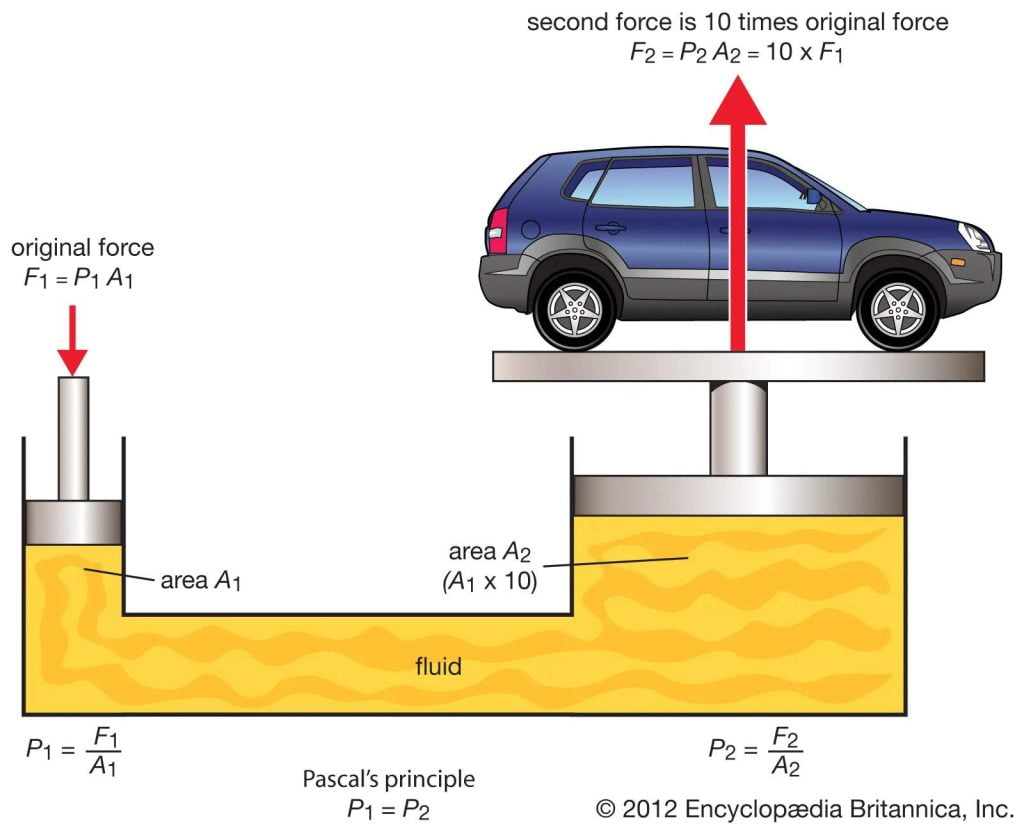
As previously mentioned, pneumatic systems utilize compressed air to power pistons, valves, or other devices.
Applying the abovementioned principles, we can accurately calculate gas pressure, volume, and temperature changes as it flows through the pneumatic system.
This knowledge is crucial because it enables us to maintain the gas pressure within the system at a safe level.
By doing so, the system can operate efficiently, perform optimally, and minimize the risk of potential damage that could lead to downtime. With proper monitoring, you can effectively optimize gas usage and prevent unnecessary harm.
To further enhance your understanding, the following video provides a comprehensive explanation of how pneumatic cylinders, which serve as the primary components of pneumatic systems, function:
How Does Pneumatic System Work in Industrial Automation
When discussing the functioning of pneumatic systems in Industrial Automation, it is crucial to understand that these systems are highly complex.
In today’s technological landscape, integrating electronic and digital components has become common in pneumatic systems for industrial automation. This sets them apart from traditional pneumatic systems that do not rely heavily on electronic devices. (For more information, refer to the article: How Pneumatic Systems Work).
Despite these advancements, the fundamental principles behind pneumatic systems in Industrial Automation remain the same as previously discussed.
However, the number of digital devices involved increases significantly on an industrial scale. The following video demonstrates the application of a pneumatic system in a simple scenario:
According to Rowse, the operation of the pneumatic system applied in the industry can be described as follows:
Integration with Automation Systems
Pneumatic systems can connect with automation platforms like PLC (Programmable Logic Controller) through Fieldbus Interfaces, sensors, and digital signals. This connection enables pneumatic systems to exchange data, communicate with various electronic devices, monitor performance, and adjust real-time control functions.
Fieldbus Interfaces link devices in distributed control systems that rely on digital communication networks. They facilitate real-time communication and data exchange between various electronic devices within a company, including sensors, actuators, PLCs (Programmable Logic Controllers), and HMIs (Human Machine Interfaces).
When automation systems like this are established, engineers can determine the logic that the pneumatic system in a manufacturing plant should follow.
Integrating the pneumatic system with other devices, such as actuators, can allow production mechanisms to operate automatically, effectively, and efficiently.
To learn more, please refer to our article, “35+ Applications of Actuators and Their Functions in Automation Systems”.
Controlling Pneumatic Movements with Precision and Efficiency
Pneumatic systems can precisely control motion, force, and pressure by utilizing electro-pneumatic devices, proportional regulators, and PID (Proportional Integral Derivative) controllers.
This technology enables pneumatic systems to produce smooth and measurable movements. Moreover, pneumatic systems can switch between control modes and optimize energy consumption.
As an example of the efficient collaboration between a pneumatic system and an industrial robot, the following video showcases the installation of car windows on the Mercedes Benz production line.
Smart Pneumatics for Modern Pneumatic Systems
Incorporating Smart Pneumatics technology has proven highly beneficial in today’s pneumatic systems. It enables collecting and utilizing existing information, which can be used for various follow-up actions.
These actions aim to improve production systems by maximizing working time, preventing failures, and performing predictive maintenance.
Smart Pneumatic devices provide three crucial types of information:
- Usage statistics
- Diagnostics
- Lifetime data.
This information is essential in ensuring that pneumatic systems work efficiently and effectively.
Usage statistics allow for system usage tracking, which helps identify potential issues before they occur.
Diagnostics enable the detection of system faults, which is necessary for prompt and effective troubleshooting.
Lifetime data helps predict the system’s maintenance requirements, which is crucial in minimizing downtime.
It is worth noting that Smart Pneumatics is a term that can refer to various things depending on the context in the industry that applies it. In some cases, it may refer to using sensors, data analysis, and other digital technologies to optimize the performance of pneumatic systems.
This approach helps to avoid unpredictable downtime, which can have a significant impact on production systems.
Smart Pneumatics technology has proven to be a game-changer in the pneumatic systems industry, offering numerous benefits such as efficiency, productivity, and cost-effectiveness.
Pneumatic System is a Modern and Economical System
In industrial automation, the successful integration of pneumatic systems necessitates a meticulous approach that considers a wide range of factors to ensure optimal functionality.
With skillful execution and careful planning, pneumatic automation systems can significantly enhance productivity and cost-effectiveness in business operations.
By leveraging this technology, businesses can streamline production processes, improve hygiene standards, and achieve faster operational speeds at an economical cost.
In our upcoming article, we will explore the specific components of pneumatic systems and the invaluable benefits derived from their integration. For further insights, consult our article “What Components of Pneumatic Systems and How to Choose Quality Components”.

Romanta Pinrih Linuwih
Pneumatic Automation Systems Expert
This article was written in collaboration with Romanta Pinrih Linuwih, an expert in Pneumatic Automation Systems, to ensure accuracy and high quality insights.


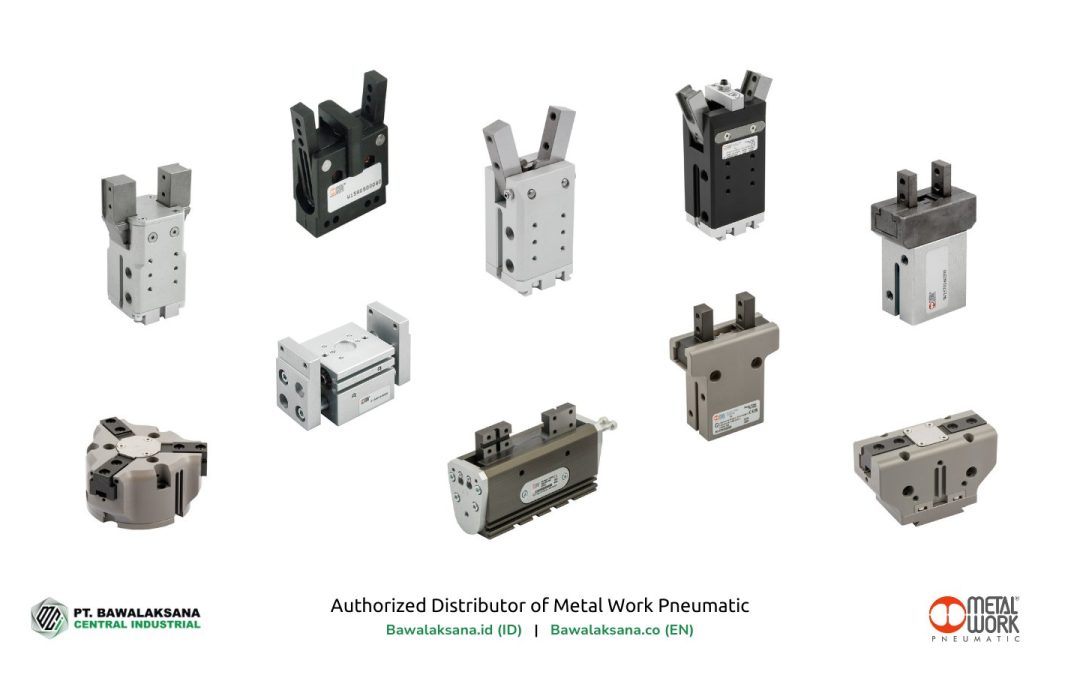
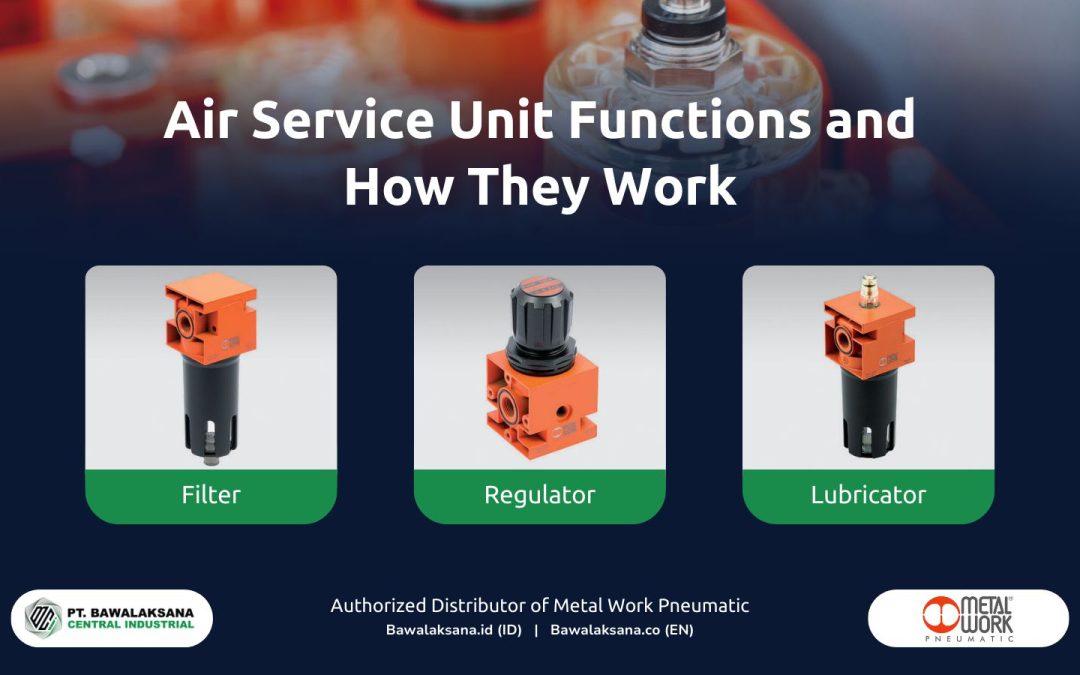
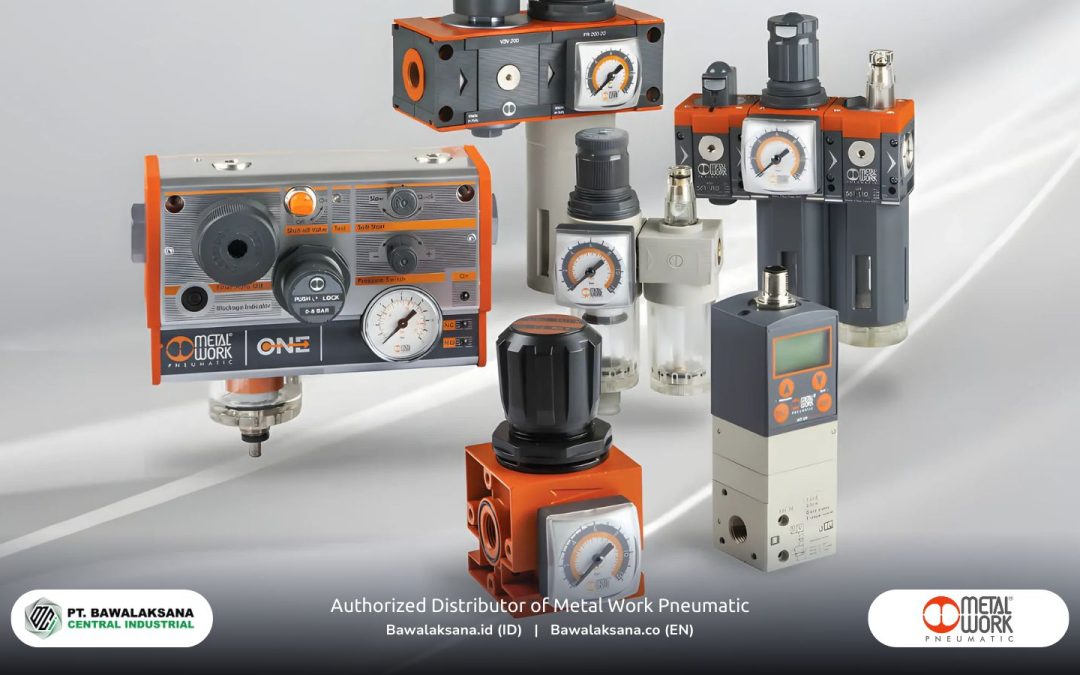
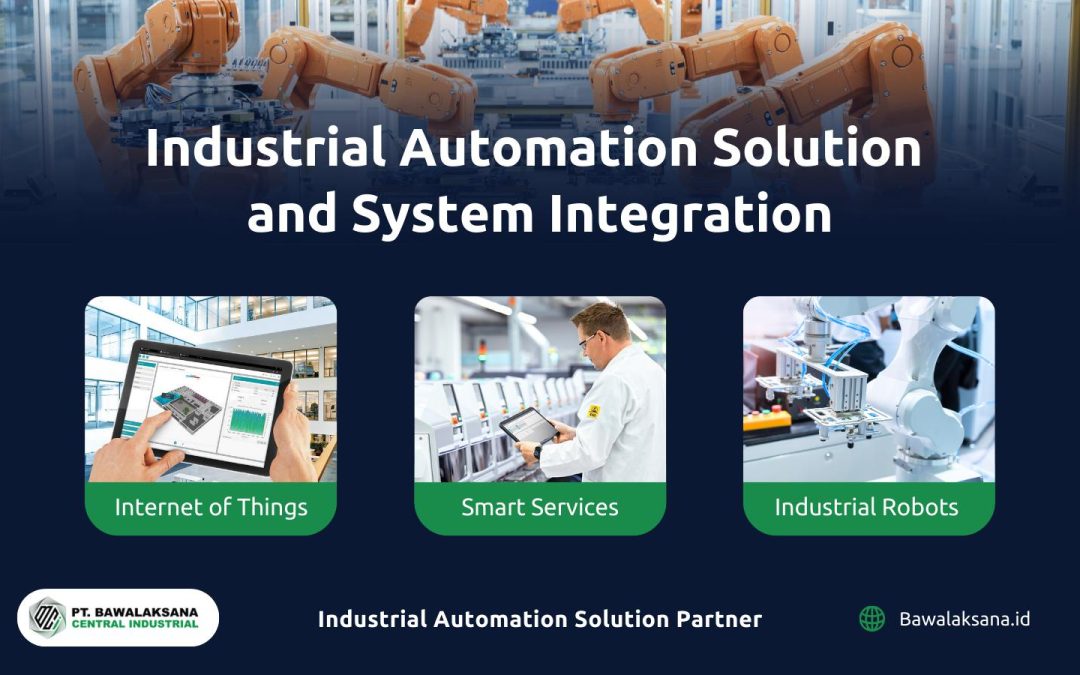
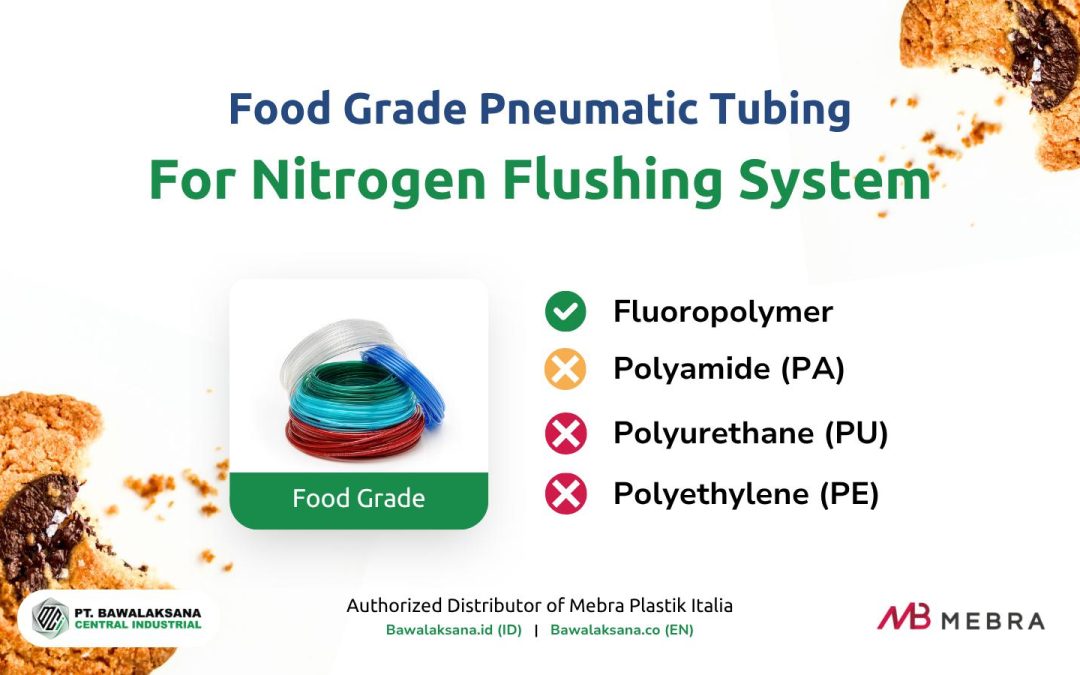
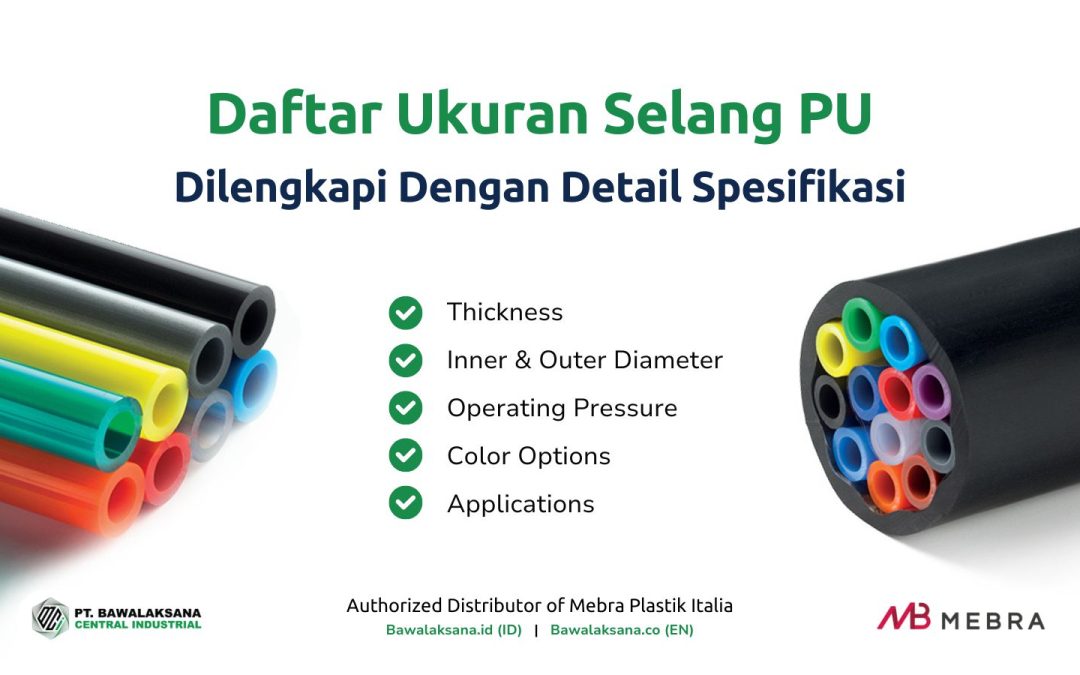
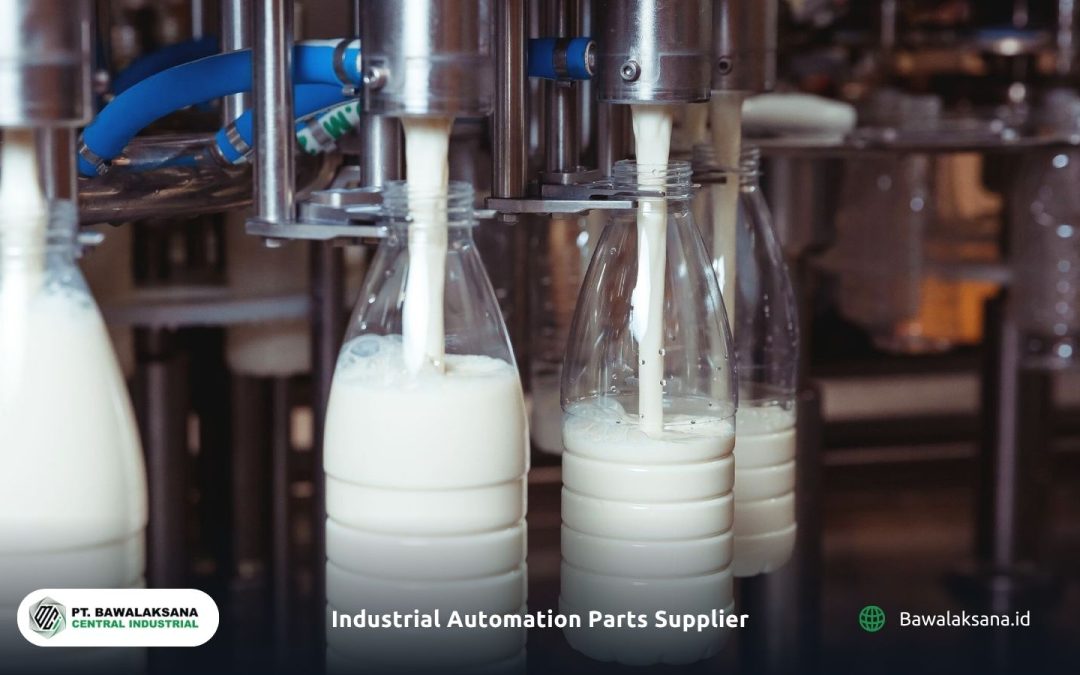
![10+ Examples of Pneumatic Tools in Daily Life and Industry [2025]](https://bawalaksana.co/wp-content/uploads/2025/05/Sandblasting-large-diameter-pipes-to-remove-surface-contaminants-1080x675.jpg)
